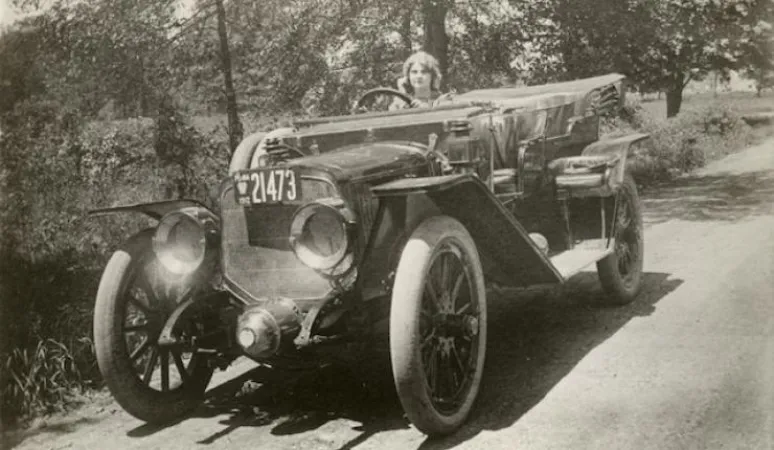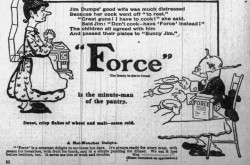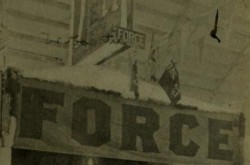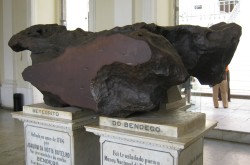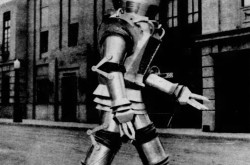A Movie Star’s Big Brake
This article was originally written and submitted as part of a Canada 150 Project, the Innovation Storybook, to crowdsource stories of Canadian innovation with partners across Canada. The content has since been migrated to Ingenium’s Channel, a digital hub featuring curated content related to science, technology and innovation.
Florence Lawrence was born in Hamilton, Ontario in 1886 and died in Hollywood in 1938 after starring in more than 200 films. Her gravestone is marked with the title The First Movie Star in recognition of her important role in Hollywood history. In an era when on-screen credits were rare, she was the first film actress to be known by name and the first product of the “star system.”
Florence became wealthy enough to own one of the first automobiles in California. In 1914, long before brake lights were regular fixtures on cars, she designed the first “brake signal” and the “auto signalling arm,” devices drivers could use to indicate when they were going to stop or turn. Stepping on the brake pedal triggered a stop sign that popped up from the back fender. The push of a button on the dashboard would electrically raise or lower a sign showing the direction of an intended turn. Miss Lawrence’s inventions were not patented properly and so she never made money from them, but they were forerunners of signalling devices that were standard features in cars by the 1940s.
- In 1917, Florence’s mother, Charlotte Bridgwood, a vaudeville actress known as Lotta Lawrence, patented electrical wipers that used rollers to keep car windshields clean.



